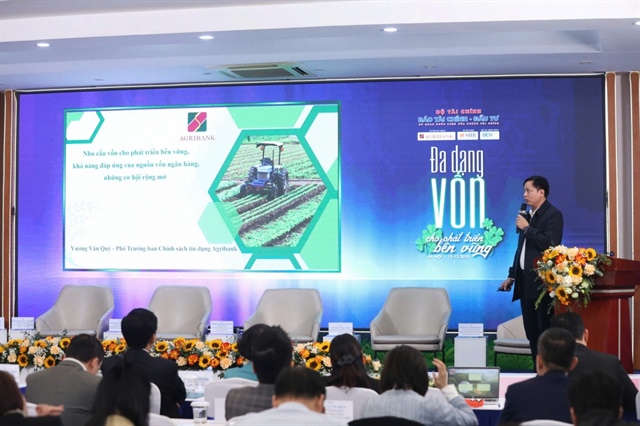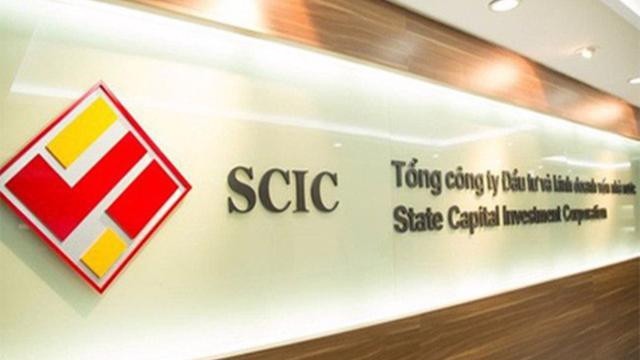NIM reduction forces banks to increase non-interest income, cut costs
NIM reduction forces banks to increase non-interest income, cut costs
To support the Government's economic growth target of eight per cent or more in 2025, more than 20 commercial banks in Việt Nam have implemented the request to reduce deposit interest rates in parallel with launching many low-interest credit packages.

It is indispensable for banks to diversify their revenue sources and improve non-interest income as they have to cut rates and reduce profits. Photo thoibaotaichinh.vn |
Vietnamese commercial banks must find ways to increase non-interest income and reduce costs, as they are facing pressure of a net interest margin (NIM) reduction, according to Trần Thị Thúy Ngọc, who is the Deputy General Director of advisory and auditing firm Deloitte Vietnam.
To support the Government's economic growth target of 8 per cent or more in 2025, more than 20 commercial banks in Việt Nam have responded to the Government's request to reduce deposit interest rates in parallel with launching many low-interest credit packages. The difference in deposit and lending interest rates is expected to significantly affect bank profit margins, especially when banks' operations still rely on credit.
Ngọc said that it is indispensable for banks to diversify their revenue sources and improve non-interest income as they have to cut rates and reduce profits after having been assigned by the Government to realise the principle of ‘harmonised benefits, shared risks’.
In addition, Ngọc said, based on the experience of international banks, Vietnamese banks should aim for a more sustainable cost transformation by using more effective levers. Accordingly, it is necessary to exploit the power of cost transparency. Banks need to clearly understand the reasons for rising core costs and operational costs, ultimately know how to better leverage resources and sustainably make reductions.
At the same time, Ngọc said, it is necessary to expand automation and AI scale to reduce costs and increase productivity. The acceleration to adopt automation and machine learning tools, expand the scale of AI and deploy large language models will create additional efficiencies and cost savings for banks.
In addition, banks should integrate risk control into early change initiatives. Accordingly, banks need to integrate risk and early compliance factors into transformation initiatives to sustainably reduce costs.
Banks should maintain strong execution discipline by continuously monitoring results against business targets and focus on accountability when implementing cost savings targets.
The proportion of non-interest income to total bank income in 2025 is forecast to remain at 22 per cent. This proportion may increase as banks adjust their strategies in each business segment.
According to Deloitte’s recent report on banking and capital market outlook, the uncertainties in the US are the main catalyst for banks to diversify their investment portfolios and shift their focus to non-interest incomes and tighten sustainable cost management.
Macro-economic uncertainties in 2025 will make bank executives vigilant as consumer spending figures are at a moderate level and are likely to decline. In this context, banks will likely prioritise focusing on leveraging the right levers to control costs, plan for technology modernisation and retain high-quality talent.
- 09:14 25/04/2025




























